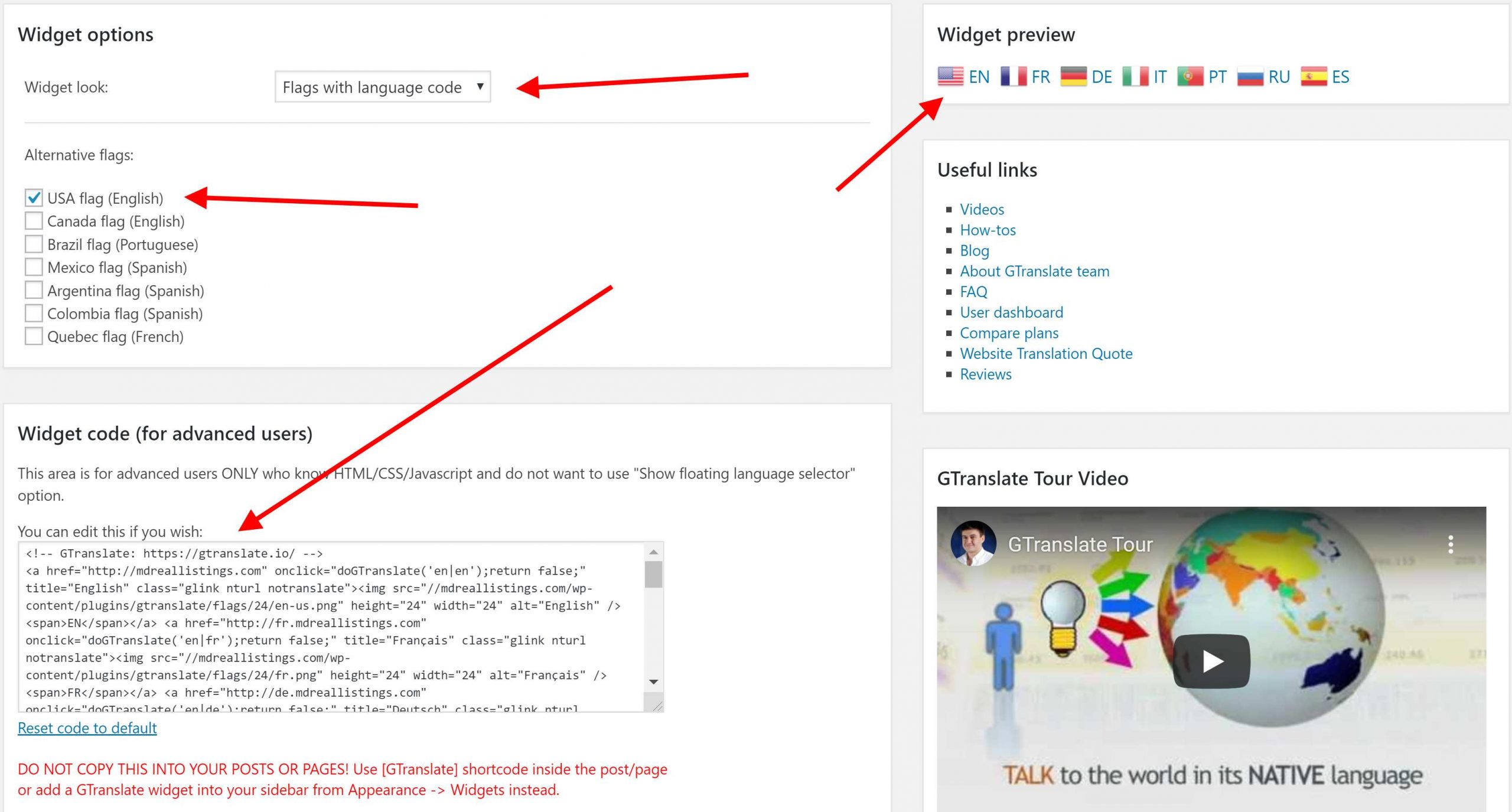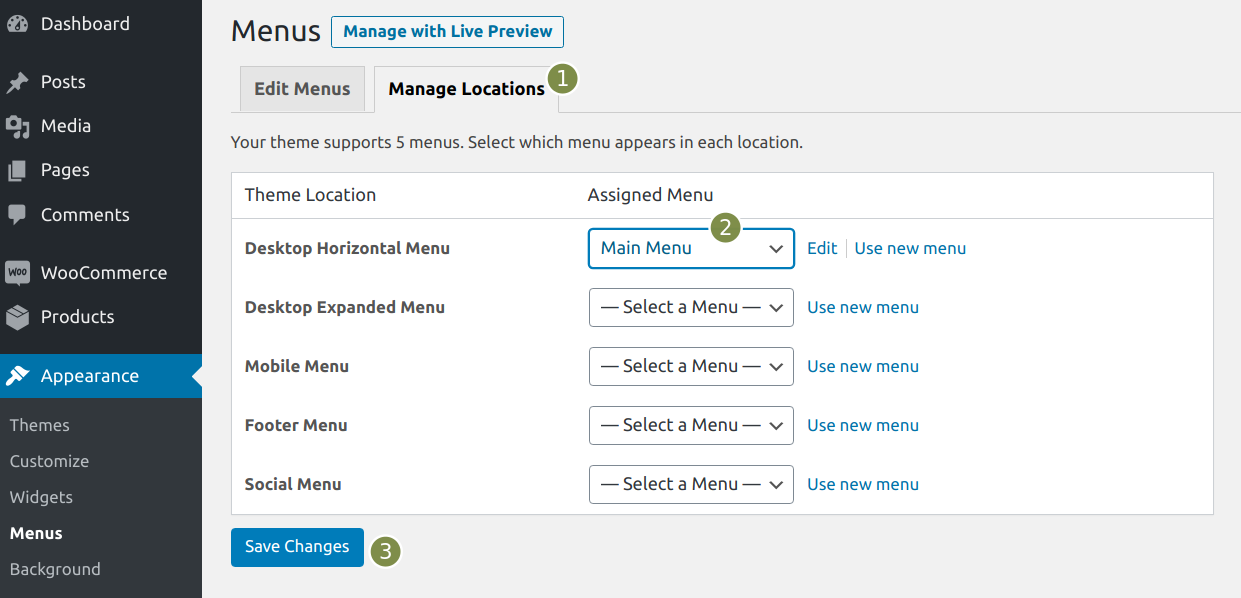

- #WORDPRESS ADD LANGUAGE SWITCHER TO MENU HOW TO#
- #WORDPRESS ADD LANGUAGE SWITCHER TO MENU INSTALL#
- #WORDPRESS ADD LANGUAGE SWITCHER TO MENU FULL#
You already have one site as part of your Multisite setup-the site you had before starting this whole process. Create Separate Sites for Individual Language Versions


When you do that, you’ll get redirected to the Multisite network’s main admin. With this done, you can refresh your WordPress dashboard.
#WORDPRESS ADD LANGUAGE SWITCHER TO MENU INSTALL#
In some scenarios, there will be no such choice, and you’re going to be locked in with one of these two models.Ĭlick on Install to launch the Multisite network.Īs a result, you will be shown another configuration screen with instructions on a couple of more changes that need to be made to your WordPress core files. You’ll see a new section under Tools, called Network Setup:ĭepending on whether you’re setting up Multisite on a fresh WordPress install, as well as depending on your hosting situation, you might be able to choose whether you want to run Multisite under a subdomain or inside a subdirectory. Now, go back to your WordPress dashboard and log in. Save the file and re-upload it, overwriting the file on the server.
#WORDPRESS ADD LANGUAGE SWITCHER TO MENU HOW TO#
👉 Here’s how to connect to WordPress via FTPĭownload the main configuration file of WordPress – wp-config.php – to your desktop.Įdit this file, and add the following line of code directly above where it says /* That's all, stop editing! Happy publishing.

This can be done either straight from your host’s control panel – cPanel – or by using a third-party tool, like FileZilla. Make sure that your site has no plugins enabled/active and that your structure (in Settings → s) is set to Post name, like so: 👉 Here’s a guide on how to install WordPress This means either installing it manually or using a quick-install script provided by your web host. Install WordPress like you normally would. However, still back it up beforehand just to stay safe. If your current site is pretty basic, you can turn it into Multisite outright. Then, you can turn that new site into a Multisite setup, and import your old site’s content. If your site uses multiple plugins or custom configurations, it might be safer to start by setting up a blank instance of WordPress. Other hosts-usually shared ones-don’t come with any limitations, but they also don’t offer any helper tools to make the transition easier.Ģ️⃣ If your host doesn’t offer any easy-to-use transition tools, consider starting your Multisite setup from scratch. WP Engine doesn’t allow Multisite in entry-level plans, neither does Flywheel and other managed WordPress hosting platforms. On the other hand, this may come at a price. For instance, WP Engine has a simple conversion mechanism, described here.
#WORDPRESS ADD LANGUAGE SWITCHER TO MENU FULL#
Your stock WordPress is already 100% capable of going full Multisite.ġ️⃣ Depending on who you’re hosting with right now, some providers offer built-in tools to turn your site into a Multisite setup. The good news is that you indeed don’t have to install any additional plugins or upgrades. In order to set up Multisite, you’ll have to tweak a line of code in WordPress’ main config file, and you’ll have to do it by hand. Plus, there are practically no limits on how many sites you can run off one Multisite instance. You can also switch between their dashboards from a central location. If you’re not familiar with Multisite, it’s WordPress’ native functionality that lets you run multiple websites on a single instance of WordPress.


 0 kommentar(er)
0 kommentar(er)
